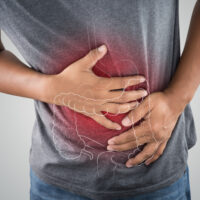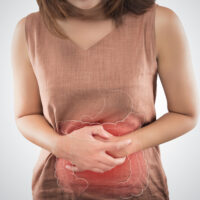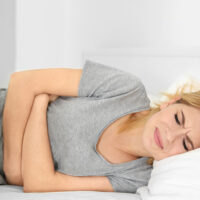Popular and Effective Eczema and Psoriasis Treatment Options You Can Try
Skin-related diseases like psoriasis and eczema have become a deep source of concern for several people. They make people constantly worry about their appearance and reduce the quality of life. Psoriasis and eczema can be described as non-infectious skin diseases, and the most common symptoms are scaly red patches and rashes on the skin.

Popular eczema and psoriasis treatment options:
Treatment options for eczema
There are a good number of home remedies as well as medications available for treating eczema. Since it is an allergic reaction, you have to remove the things or circumstances that cause the allergy. It can be anything from changing the fabric softener or detergent to switching to a new climate.
Take a bath with lukewarm water and apply moisturizing lotion all over the body
You should do everything to prevent your skin from being dry. It is a good option to have showers or baths using lukewarm for around 10 to 15 minutes. A body cleanser or a mild soap can be used while taking a bath. You must dry yourself carefully. You should never vigorously rub your skin; therefore, you must ensure to pat your skin dry. After the bath, moisturizing skin lotions should be applied all over the body. You should not use any lotions with irritating substances including fragrances. Enough care should be taken not to come in contact with irritating fibers like mohair or wool.
Never wear rough clothes and never scratch on the affected area
You must not wear any rough, scratchy or tight-fitting cloth while facing eczema-related issues. Another important aspect is to stop scratching the rash. If scratching becomes an unavoidable temptation, the affected area can be covered with a dressing. One can wear gloves at night to prevent skin damage due to scratching.
Avoid sweating and reduce the allergic inflammatory response
You must make efforts not to sweat too much because sweating creates an irritating effect on the skin. You must also avoid performing strenuous exercises during a flare. If you find it difficult to identify or avoid the agent that causes the allergy, the immediate step to be taken is to reduce the allergic inflammatory response.
Apply a nonprescription cream and anti-itching lotion
A nonprescription steroid cream should be applied, and you should also apply an anti-itching lotion. The nonprescription cream needs to be applied several times a day, and you must continue the application until the rash disappears.
Other effective solutions
The affected area should be cleaned using a hypoallergenic soap every single day, and a lubricating lotion or cream has to be applied after cleaning. Extreme care needs to be taken to not experience mental stress, and you have to follow a healthy eating plan. It is good to engage in a light activity, and you must ensure sound sleep as well.
There are various options for eczema and psoriasis treatment available. The following points mention treatment options for psoriasis.
Treatment for psoriasis
Psoriasis responds effectively to tropical and systemic treatments. The key is to choose the right method of approach.
Use salicylic acid and steroid creams
Tropical treatment options are those that are directly applied to the affected area. Using salicylic acid is a good option, and it creates a smoothening effect on the skin by shedding the psoriatic scales. Steroid creams reduce the inflammation and control the itching to a great effect. Furthermore, these types of creams block the overproduction of cells that are usually associated with psoriasis. Instead of mild preparations, you can use stronger preparations to generate better results.
Calcipotriene and coal tar shampoos and ointments
Calcipotriene contains vitamin D that is extremely effective against this skin disease, and it can be used by combining it with a topical corticosteroid cream. Another common tropical treatment is the use of coal-tar shampoos and ointments. The speedy growth of the skin cells can be slowed down with the help of these products.
Prescription retinoids
Many experts recommend prescription retinoids and the presence of the synthetic form of vitamin A fight against psoriasis with the utmost efficiency.
Light therapy
PUVA is a very common light therapy treatment and other effective options available are narrow-band UVB therapy and ultraviolet B light (UVB) treatment.
Oral drugs
When other treatments fail to deliver results, doctors prescribe oral medications such as methotrexate and cyclosporine. Many doctors also recommend biologic drugs to treat psoriasis.
Some of the most common natural remedies for psoriasis also include applying tropical aloe vera cream, oral intake of fish oil, bathing using Dead Sea salts, and applying gels containing cayenne.
A fact is that there are effective eczema and psoriasis treatment options available, and you need to choose the one based on the severity and nature of the skin disease.





